Exploring the Rare and Curious Classics at Germany's Quirkiest Car Show

For several years now, car friends from all over the planet have been telling me about the RetroClassic, a special car show in Stuttgart, Germany. They go on about its diverse selection of vehicles and how I absolutely must visit. Honestly, as an avid traveler and schizophrenic automotive aficionado, I needed little encouragement. So this year I booked my flight and headed to Germany in March to see what the fuss is all about. Last year I went to Retromobile in Paris, and that was sort of my gateway drug to the European classic car circuit. Now the list is growing.
RetroClassic is on its 16th year. It takes up a huge convention center (1.3-million square feet!) adjacent to the Stuttgart airport and is spread out in nine halls. The show is very well produced and intelligently laid out, organized by marque, club, or continent.
As I approached the entrance and saw a tuned 1989 Trabant with the face of an Angry Bird next to a 1968 NSU Prinz next to a new Unimog next to a homemade Batmobile, I knew I would not be disappointed. Certainly, inside there were more vintage Porsches than my old NYC apartment roach population, but what really makes Retro so interesting is that it celebrates virtually anything on four (and occasionally three) wheels. And I mean anything. The crowd is also very friendly. Even the dealers and brokers I spoke with seemed to be passionate collectors first and foremost, not just the opportunistic sharks we all too often experience State-side.

One of my favorite sections of the show featured parts and memorabilia dealers with a wild variety of offerings. There were loads of great vintage models, toys, advertising art (I fell for a Nurburgring poster and a model of my Mercedes-Benz Audenaur 300) along with spare parts and rebuild specialists for just about everything. The vintage items ranged from mediocre to exceptional and rare. What's fun for an American at a show like this is that often the most pedestrian trinket is novel.
What was not novel, however, was the dealer in the "American" section with a line of seven Mopars side by side. The American hall seemed to be the most popular with the locals, but for my jaded eye, it was full of mostly cliché American favorites-'57 Chevys, '65 Mustangs, '70 Roadrunners, etc. Although I did see a few fine examples, including a barn-find Cobra and an immaculate Muntz-Jet.
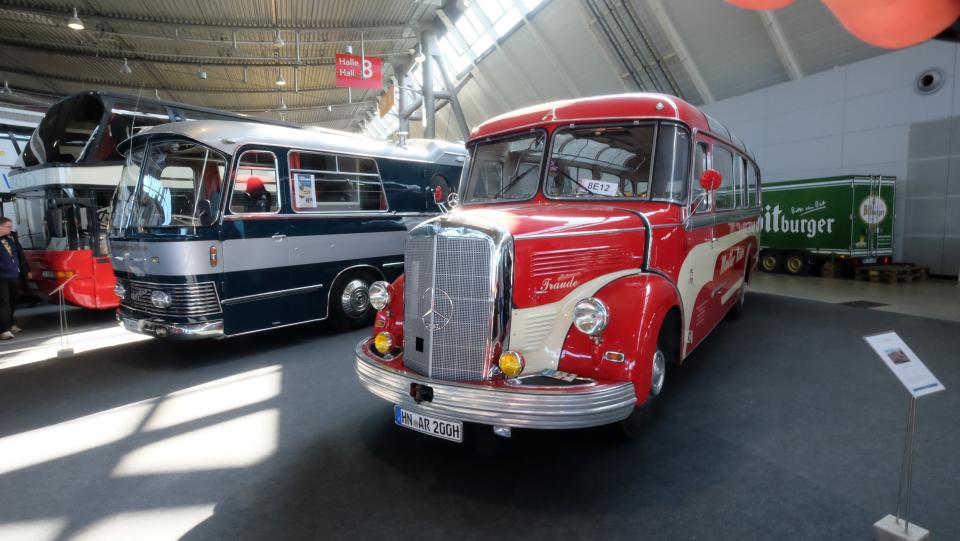
The most unusual exhibits were in the commercial transportation hall. One tractor club-yes, there was a tractor club there-had several members' early tractors on display, amazing utilitarian monsters with all sorts of specialty provisions and design features I've never seen before. Continuing deeper into that hall, I found fire trucks, spotlight trucks, water-cannon trucks, and buses of all shapes and sizes, none of which have ever graced our shores.
Moving back to the main hall, I ran into a familiar car, a 1914 Mercedes 28/95 Phaeton that had been part of the Ballion collection auctioned off in Paris a while back. It had sold privately prior to the big auction in Paris. I chatted with the dealer, Thomas H. Rupf. Rupf, a kind man with exquisite taste, shared how he had carefully combed through the grand old Benz, taking care of the mechanical needs while being careful to preserve the patina. My kind of guy. Rupf's booth, which he shared with dealer Axel Schuette, featured some of the nicest cars at the show: an argent 1965 275 GTB "Shortnose" Ferrari, a 1938 MB 540 K Cabriolet, 1952 Alfa Romeo 6C 2500 S, a pristine Mercedes-Benz 300SL Gullwing, RS Porsche, and more.

Next, I wandered over to a booth for a Munich-based company called Arrabella Classics. Bernd Werndl, the proprietor, had quite the eclectic collection on display. Werndl focuses on "old timers," the popular term for classics in Germany, but as he explained it, his business mainly exists to justify his car obsession. Each year at Retromobile he sells off cars to make room for his new romances. His display this year included a 1959 Bogward Isabella Kombi, a Rolls-Royce Phantom II Continental Carlton built in 1930/31, and a 1953 Porsche Speedster.
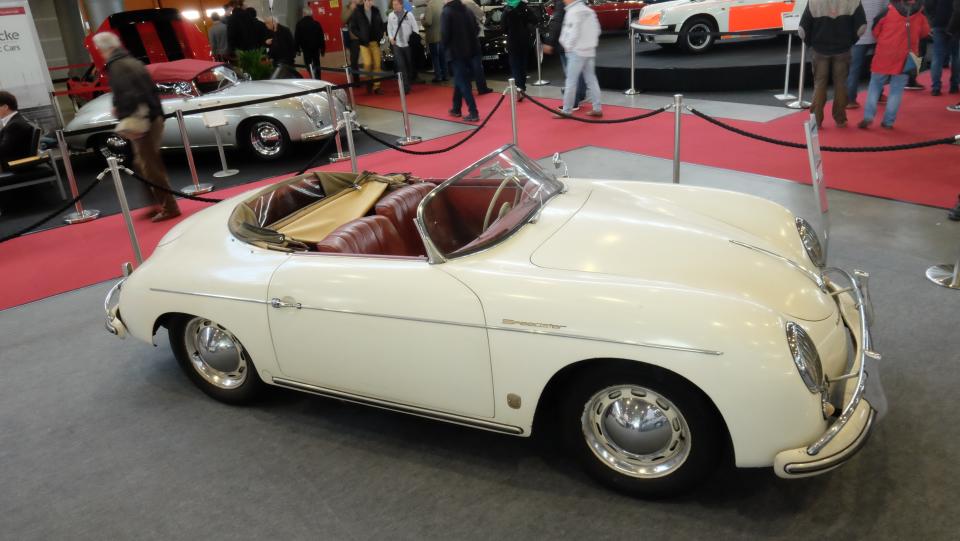
The Speedster was 100 percent original and perfectly scruffy. It had initially been delivered to New York, but shortly after it was relocated to SoCal, where it remained for 30 years before returning to Germany. It even had the rare factory removable hard top. The Carlton Phantom, on the other hand, was perfectly restored and had incredible presence. You could picture an elegant woman cruising to Saturday garden parties in matching attire. As impressive as this display was, though, Werndl then led me to his other booth, which had some of the most exceptional Veritas examples I have ever seen.
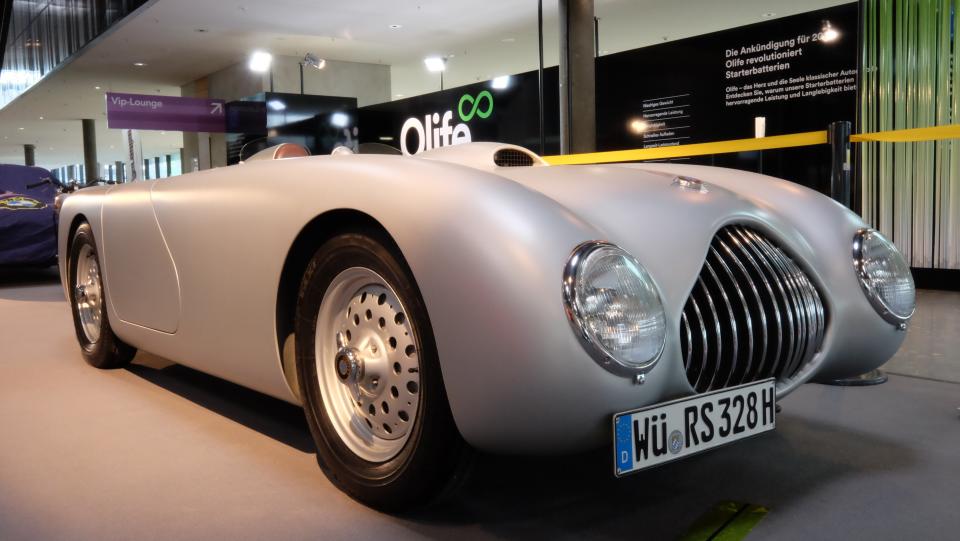
In case you are not familiar, Veritas was a German company that initially started rebodying and tuning BMW 328s for track use after WWII. The first road-going version came out in 1949, called the Komet coupé. The company was undercapitalized, and production was sporadic at best. Even still, every car they made was simply gorgeous, expressing speed even at rest. Werndl's shown collection included five notable examples, including a 1949 RS. There was also an interesting late model 1953 RS that I never even knew existed. It was unique in that it was decidedly mid-century in style yet still retained the original streamlined form. It looked so ahead of its time that I had to double check the year and make sure it was a 53 and not a 63! As a side note, the Veritas brand is currently being reimagined and reborn. That could be interesting . . .

My conversation with Werndl then turned to the rapid rise in values of classic cars on both sides of the pond in recent years. It's his belief and the opinion of many of his collector friends that the bubble may burst soon. "This price rally is over," he said. "I thought this had to stop for the last several years, but up and up it kept going." According to Werndl, the consensus is that the market isn't sustainable for much longer. The dealers and private sellers try to hold out for as long as they can to support the sky-high market values, but in the end, they eventually have to take the sale. This became a recurring sentiment I heard at the show.
It's the opinion of many collectors here that the classic-car bubble may burst soon.
Walking on, an odd little sports car caught my eye. I had never seen one before, so I went over to investigate. Turns out it was a one-of-one 1967 Meccanica Maniero. A man who had been sent by FSP in Germany to appraise the car was there, so he showed me the car in detail and explained the backstory. According to the appraiser, Maniero, who originally commissioned the car, was a big fan of Maserati and owned several. But on his daily commute to work he had to use two ferries, and the low exhaust system on his Maseratis invariably bottomed out. As a significant client of the brand, he wrote a letter to Maserati requesting a custom vehicle that would address this problem, but the company could not be bothered.

Apparently the man despised Enzo Ferarri for some reason, so he did not make that inquiry. Instead, he went to Michelotti, and out of spite, asked for a car that would be finer than anything anyone else had on offer. Michelotti was a firm established by designer Giovanni Michelotti, who is credited with some of the greatest Ferrari designs for Vignale (such as the 340 Mexico and 212 Export). He started his own studio in 1959, and this is one of the few post-war Italian customs built for a private individual.
The car features a Shelby GT 350 V8, a Lola four-speed gearbox, and four-wheel independent suspension. The de Dion rear suspensions was custom built with the exhaust routed through the suspension arms, solving the man's clearance problem. The body is constructed in a combination of aluminum and steel, and the patina on the paint and interior is phenomenal. The odd color fades on the fenders and quarters were a result of the car being crafted "on the fly." When the car was first finished, there was not enough up-travel, and the tires hit. So the builders simply reshaped the wheel arches and blended the paint. Same goes with the the hood; the big V8 needed more venting, so they modified the hood as well.
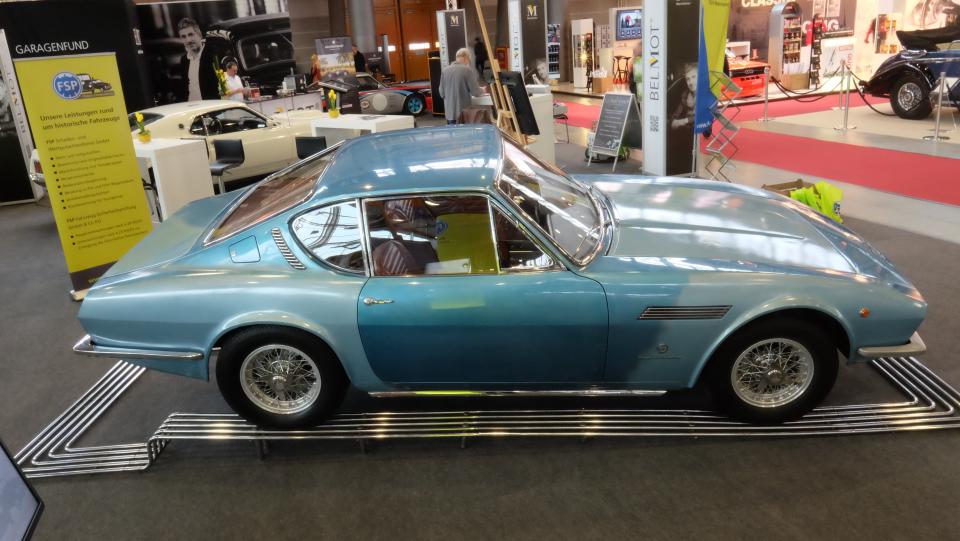
In truth, the final car is interesting but not necessarily remarkable. It has proper proportions, but all of the disassociated elements give it the visual feel of a Frankenstein. When the car was shown at the 1967 Geneva Show, several orders came in, but when the commissioning client heard about them, he demanded that Michelotti return all deposits, as he wanted a unique car. The current owner was able to purchase it from the estate of the original owner and added it to his collection. In the end, the appraiser valued the car at $365,000. I think that is a bit low, but rarity does not always translate to value. The representative had certainly done his homework, and either way, it was great to be able to experience a car that barely anyone has seen before.
The Maniero also perfectly encapsulates what makes the Retroclassic so fun. It has cars you won't find anywhere else, an enthusiastic community, and a really positive energy. If you ever get the chance to go, I highly recommend it. The show is conveniently held right next to the Stuttgart Airport. Downtown is only a short ride away, and the small yet exceptional Porsche Museum is nearby and worth a visit.
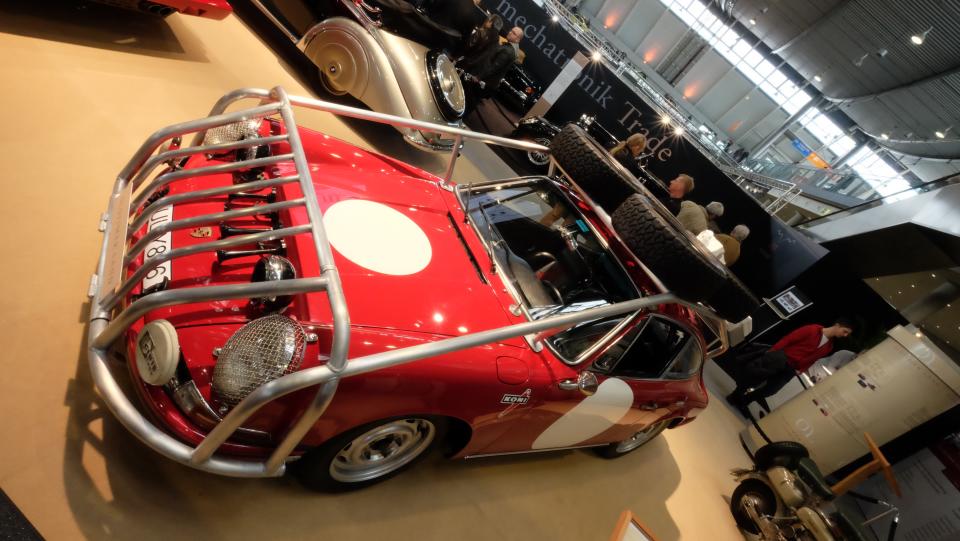
Now that I've got the Euro-show itch, I think next year I might check out Germany's other well-reputed "old timer" show, the Techno-Classica in Essen. It's not as big as the Retroclassic, but it has a great reputation and many of companies at Retro were heading there next. I better exercise a bit of caution, though. This new hobby could get quite expensive fast, especially if I start loading up containers with all the oddities and memorabilia I can't resist.
Jonathan Ward is the founder of Icon 4X4 and an avid car geek. As a Road & Track contributor, his monthly column, Ward's World, covers all matters of design and automotive miscellany.


